Iran pays tribute to distinguished cultural heritage figures
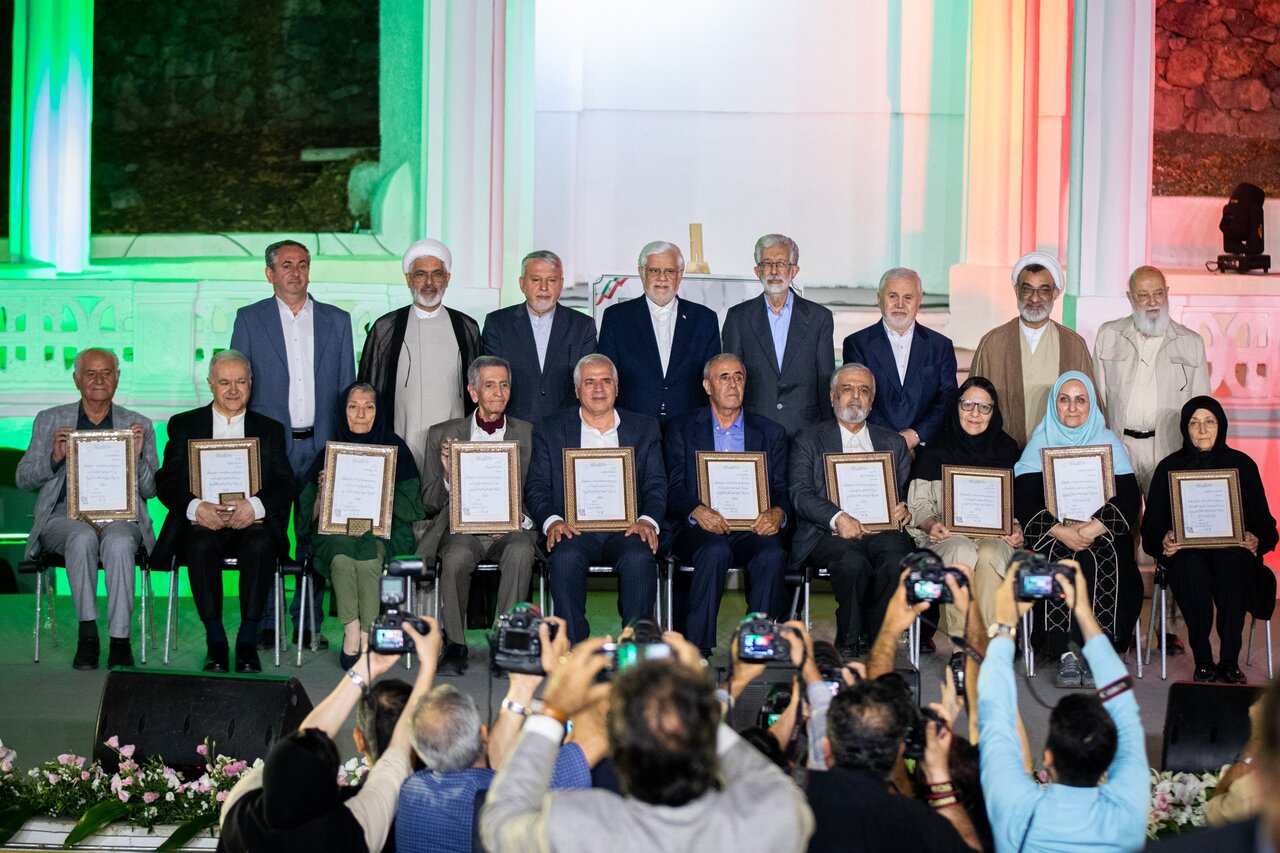
TEHRAN – Iran honored a selection of prominent cultural heritage figures on Tuesday evening during a special ceremony held at the Sa’adabad Cultural-Historical Complex in northern Tehran, attended by senior government and cultural officials.
The event, the fourth ceremony honoring distinguished figures for their lifelong dedication to cultural heritage, was attended by First Vice President Mohammadreza Aref, Cultural Heritage, Tourism and Handicrafts Minister Seyyed Reza Salehi-Amiri, Academy of Persian Language and Literature head Gholam-Ali Haddad-Adel, Supreme Council of the Cultural Revolution secretary Abdolhossein Khosropanah, and a number of scholars, artists, media personnel, and cultural heritage enthusiasts.
Those honored included cultural heritage veteran Seyfollah Aminian, architect and restorer Akbar Taqizadeh-Asl, museum curator Parvin Seghat ol-Eslam, archaeologist and restorer Ebrahim Heidari, architect and restorer Hossein Rayati-Moghadam, architect and restorer Mohammad-Hassan Talebian, conservation specialist Mahnaz Gorji, archaeologist Hassan Karimian, and archaeologist Nasser Norouzzadeh-Chegini.
The ceremony also posthumously honored the memory of Mahmoud Farshchian, the renowned miniature master, and Mohammad Mehriyar, the restorer.”
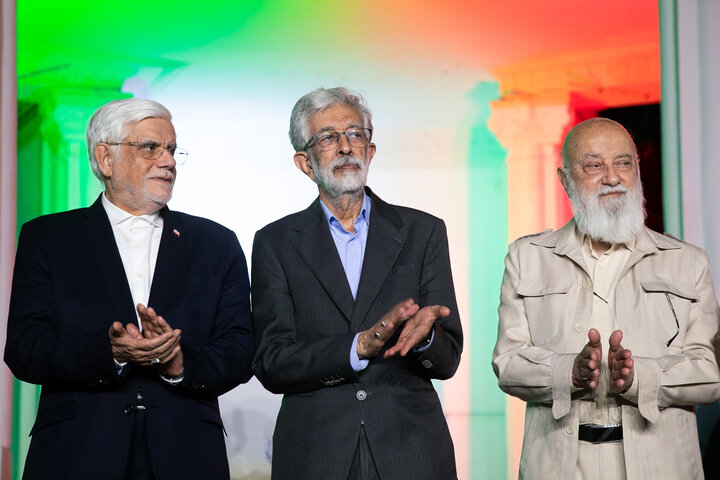
Speaking at the event, Minister Salehi-Amiri paid tribute to Farshchian, saying the reopening of the Farshchian Museum coincided with his passing, giving new life to Iranian culture.
“Great figures become a source of inspiration for society beyond their physical lives, and their legacy continues to nurture future generations,” he said.
Salehi-Amiri added that Iran’s cultural heritage represents the nation’s identity. “Iran’s land has a body and a spirit. The spirit of Iran is its culture, civilization, poets and unmatched figures,” he said, noting that both tangible and intangible heritage registered nationally and globally testify to the country’s enduring civilization.
Ali Darabi, the deputy minister for cultural heritage, underlined that the ceremony was an opportunity to honor those who have safeguarded Iran’s heritage. He attached great importance to the recent inscription of the “Prehistoric Sites of the Khorramabad Valley,” dating back 63,000 years, on the UNESCO World Heritage List, calling it a national achievement.
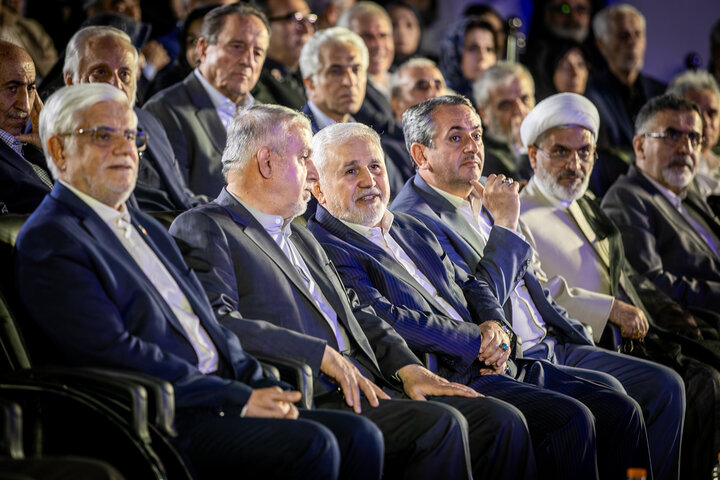
Darabi also referred to plans for the expansion of the National Museum of Iran and Tehran’s historical Meydan-e Mashq, which he said were supported by First Vice President Aref. He added that the recent membership of the Cultural Heritage Minister in the Supreme Council of the Cultural Revolution was a strategic step to strengthen the ministry’s position.
Addressing the ceremony, Aref underlined that the proper protection of cultural heritage is the country’s most important cultural duty, calling it vital for national unity, countering [the U.S.-led] Iranophobia, and strengthening cultural diplomacy.
Aref praised the Ministry of Cultural Heritage, Tourism and Handicrafts for what he called “valuable performance” in its three core fields over the past year, saying it had strengthened Iran’s position domestically and internationally by using cultural assets.
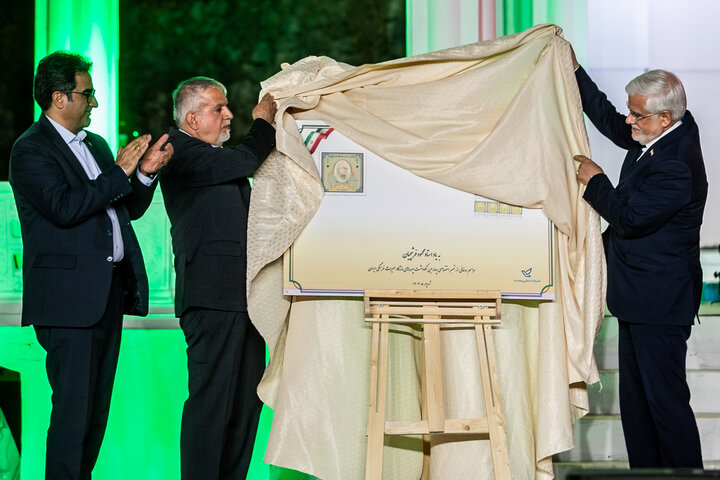
“Our cultural heritage is not only the foundation of national identity but also a strong barrier against Iranophobia projects,” Aref said. “Enemies want to portray Iran as dependent and without identity, while our rich history and culture are undeniable facts.”
Aref said honoring cultural heritage figures provides role models for the youth. “Introducing and recognizing cultural icons is not only about appreciating their efforts but also a strategic investment in the country’s future,” he said.
He referred to the recent “12-day [Israeli-imposed] war,” saying the resilience of the Iranian people reflected national strength. He added that cultural diplomacy, with heritage at its core, was an effective tool for internal cohesion and international engagement.
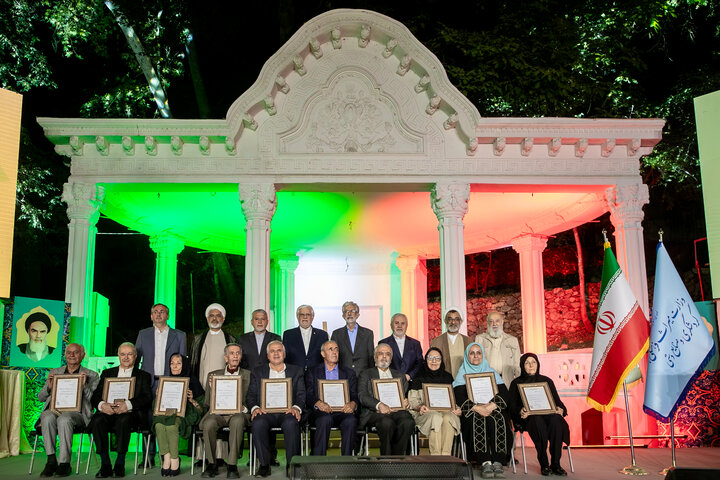
Aref also pointed to challenges facing cultural heritage, including limited financial resources, unbalanced urban development and natural erosion, saying these required scientific, innovative and well-documented responses. He noted Iran’s millennia-old engineering in qanats and architectural masterpieces as a model for the world.
“Cultural heritage has both hardware and software dimensions,” he said. “Strengthening the software side means public education, cultural promotion and using the capacities of media and intellectuals.”
Moreover, the official said the government’s support policies included allocating stable financial resources, backing non-governmental organizations and coordinating cultural institutions. “Cultural heritage is not only our past but also an investment for the future of Iran,” he said.
AM
